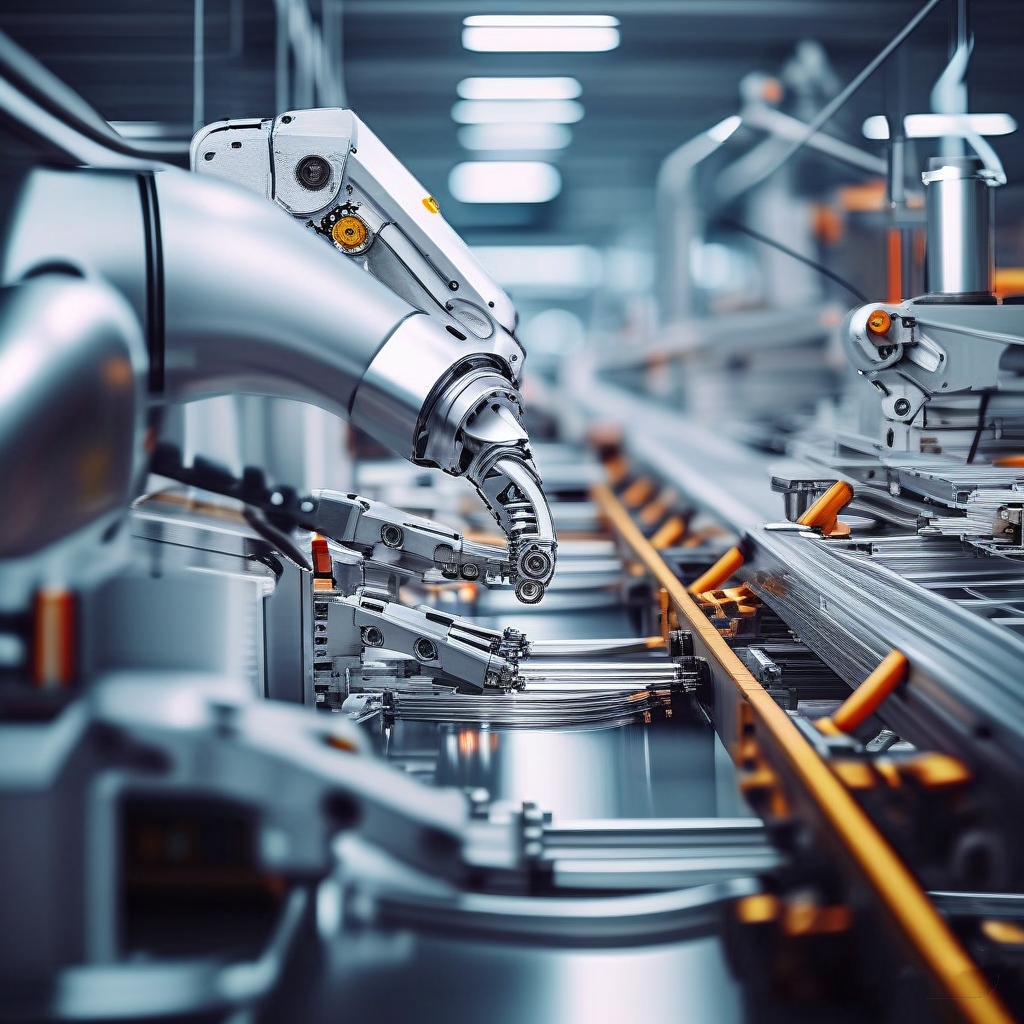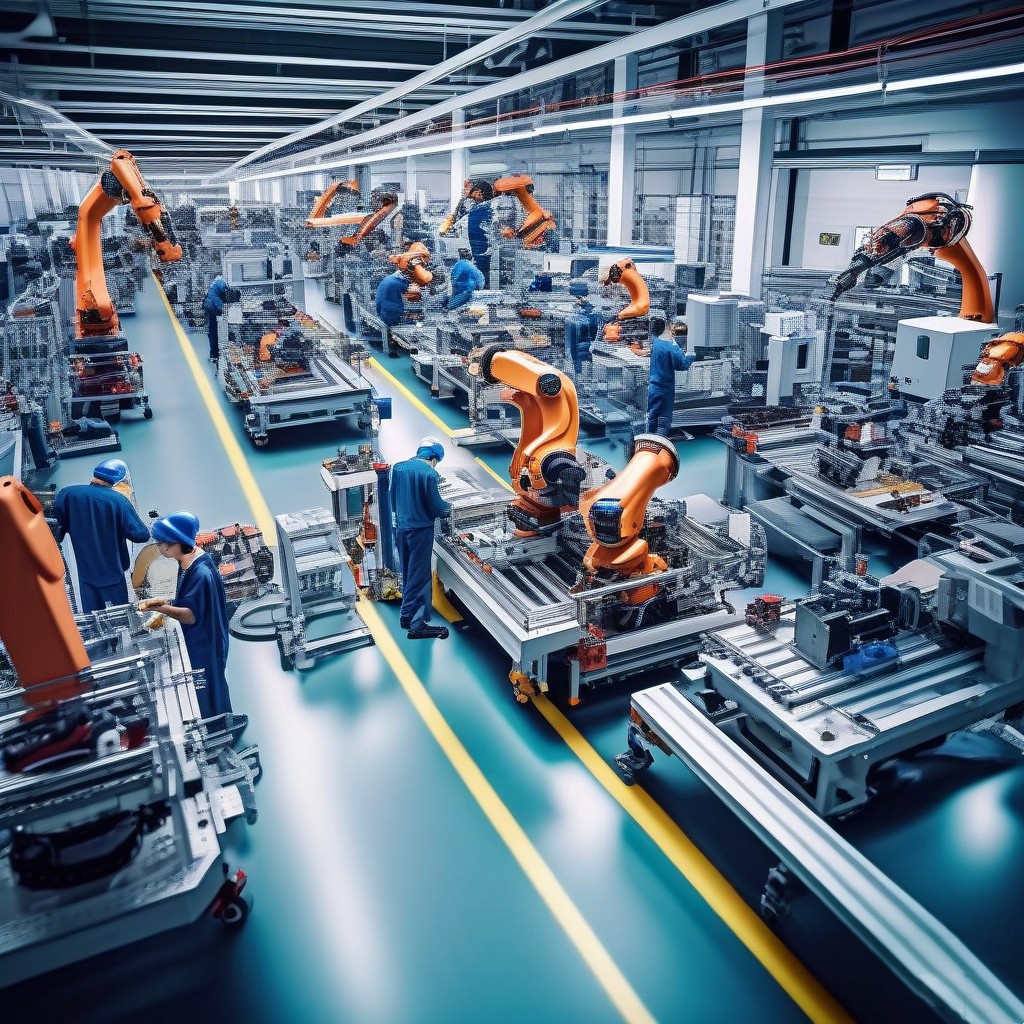In the realm of modern industrial production, efficiency, precision, and cost-effectiveness are paramount. As technology continues to advance at an unprecedented pace, one particular innovation that stands out for its transformative impact is the robotic manipulator, commonly referred to as a mechanical arm or simply a robotic arm. These complex machines have become ubiquitous in manufacturing processes, performing tasks with a level of consistency and accuracy that human hands cannot match. In this article, we will explore the reasons behind the indispensability of robotic manipulators in the industrial sector.

Firstly, robotic arms offer unparalleled precision and repeatability. In industrial applications where a high degree of accuracy is required, such as in assembly lines for electronic devices or in the automotive industry, robotic manipulators execute tasks with millimeter precision every single time. This level of consistency ensures product quality and reduces waste, making it an essential tool for maintaining standards in mass production.
Secondly, these mechanical limbs enhance productivity by enabling around-the-clock operations. Unlike human workers, robotic arms do not require breaks or rest periods and can operate continuously in harsh or dangerous environments where humans may struggle, such as extreme temperatures or in the presence of toxic materials. By extending production hours and reducing downtime, industries can optimize their output and meet high demand without compromising on safety or staff wellbeing.
Thirdly, robotic manipulators contribute to cost savings in the long run. Although the initial investment in robotic technology can be significant, the return on investment is often substantial due to increased efficiency, reduced errors, and lower labor costs over time. Additionally, as robotic arms can perform multiple tasks simultaneously, they can replace several positions that would otherwise require multiple employees, further reducing operational expenses.
Fourthly, these machines promote scalability within manufacturing processes. As companies experience growth or need to adapt to changing market demands, robotic manipulators can be quickly reprogrammed to perform new tasks or be integrated into different production lines with ease. This flexibility allows businesses to respond swiftly to market shifts and maintain competitiveness.
Fifthly, the use of robotic manipulators supports the advancement of other technologies. For instance, they are integral to the development and implementation of Industry 4.0 concepts, including the Internet of Things (IoT), artificial intelligence (AI), and smart factories. Robotic arms equipped with sensors and AI capabilities can gather data, learn from it, and optimize their performance autonomously, leading to smarter and more efficient production systems.
Finally, from a societal perspective, the adoption of robotic manipulators in industry can drive economic growth and job creation in related fields such as robotics engineering, maintenance, and software development. While it may displace certain manual labor positions, it also creates opportunities for workers to develop new skills and transition into roles that leverage technology for higher-value work.

In conclusion, the mechanical arm’s role in industrial production has become increasingly essential due to its ability to enhance precision, productivity, cost-effectiveness, scalability, technological advancement, and overall economic contribution. As industries continue to evolve and markets demand higher standards of production, the reliance on robotic manipulators is only expected to grow, solidifying their position as an indispensable force in the ever-changing landscape of industrial manufacturing.
